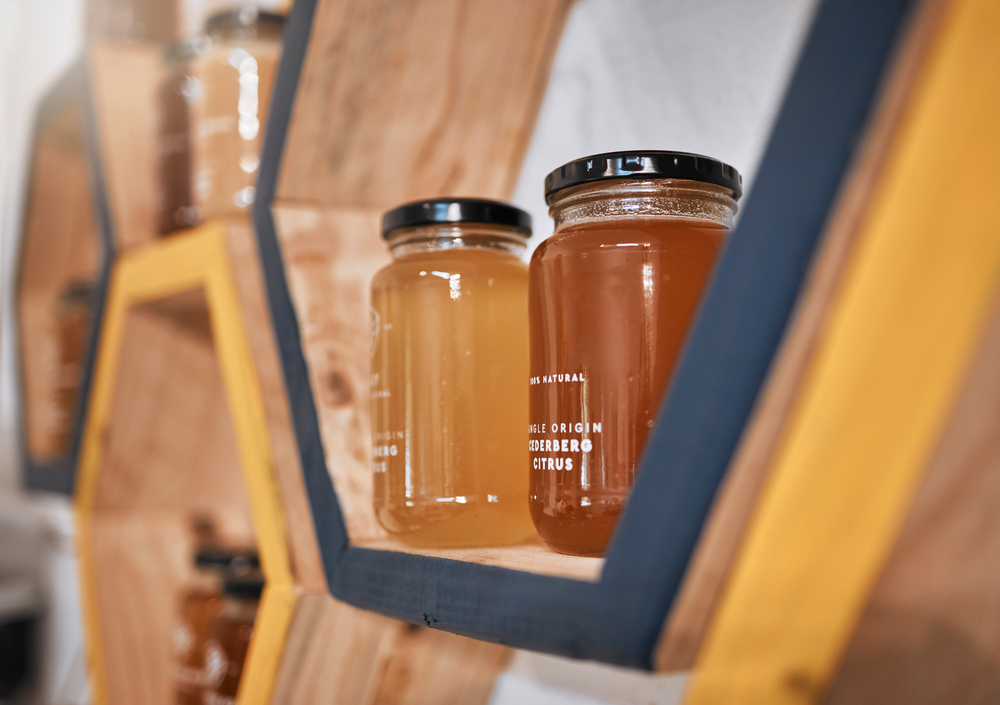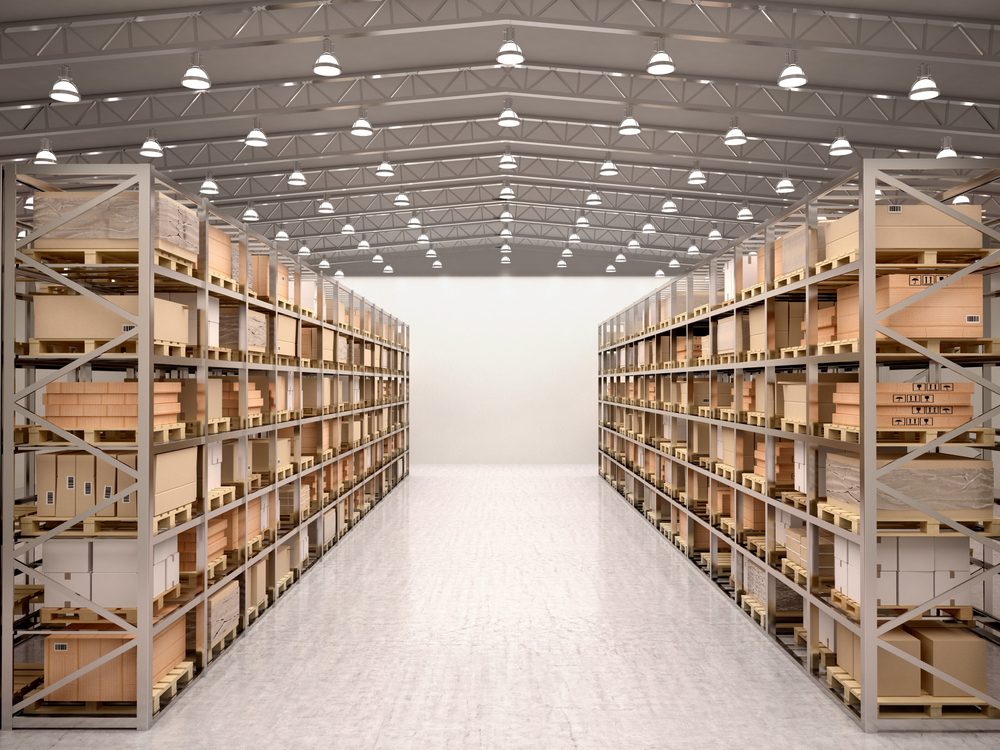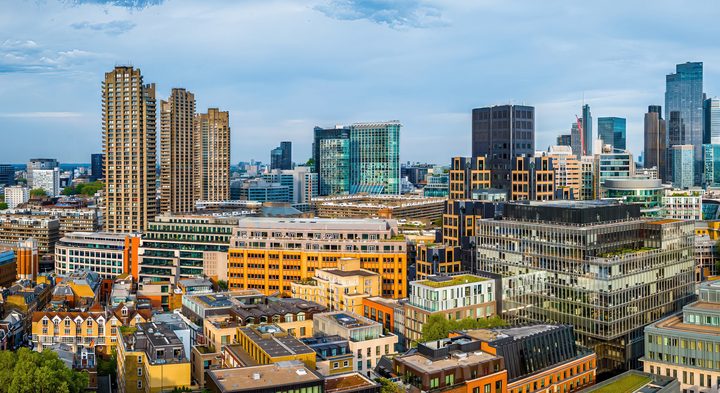When it comes to packaging, the materials we use can significantly impact not only a product’s performance but also its sustainability and appeal. With businesses continuously seeking the perfect balance between functionality and eco-friendliness, glass and plastic remain two of the most prominent contenders in the packaging industry. But which material is better suited to dominate the future of packaging trends? Let’s explore their benefits, innovations, and how they align with sustainability.
Why Glass Packaging Is Still Iconic
Glass packaging has been a trusted material for centuries, and for good reason. Its unmatched versatility and premium aesthetic give it a timeless appeal that many industries swear by.
Benefits of Glass Packaging
- Premium Look and Feel: Glass enhances a product’s visual appeal, making it an excellent choice for luxury goods such as perfumes, home fragrance bottles, or high-quality beverages.
- Unrivalled Durability: Unlike plastic, glass is non-porous and impermeable, ensuring the product inside remains fresh without absorbing tastes or odours.
- 100% Recyclability: One of glass’s standout traits is its ability to be recycled endlessly without losing quality, making it a darling of sustainability-conscious brands.
- Product Visibility: Transparent glass enables consumers to see what’s inside, a crucial factor for products like food, drinks, or home fragrance bottles where visual appeal matters.
Glass Packaging Innovations
Despite being a classic material, glass has not lagged behind in innovation. Lightweight glass is becoming increasingly available, reducing transport costs while retaining strength. Advances in design have also enabled brands to create unique shapes and sizes that set their products apart on crowded shelves.
Perhaps one of the most impressive innovations is the use of recycled glass, known as cullet, to produce new glass bottles and jars. This process not only cuts energy consumption but also reduces the need for virgin raw materials, aligning with sustainability goals.
Why Plastic Remains a Packaging Powerhouse
Plastic has gained a reputation as a versatile, cost-effective, and lightweight solution that suits a broad range of products. While it has faced criticism over its environmental impact, recent innovations are redefining its role in sustainable packaging.
Benefits of Plastic Packaging
- Lightweight and Durable: Plastic packaging is significantly lighter than glass, making it an ideal option for reducing shipping costs and energy usage during transportation.
- Flexible Design Opportunities: Plastic offers a wide array of shapes, sizes, and finishes, allowing brands to customise their packaging to create a distinctive identity.
- Cost-Effective for Mass Production: For businesses looking to scale quickly, plastic is still one of the most economical packaging solutions.
- Impact Resistance: Unlike glass, plastic is less likely to break, making it a practical choice for certain sectors, including food delivery and hygiene products.
Innovations in Plastic Packaging
The packaging industry is working hard to address criticisms of plastic with exciting innovations. One notable advancement is the creation of bio-based plastics, derived from renewable sources like corn starch or sugarcane. These alternatives boast reduced carbon footprints while still delivering the durability and functionality that businesses demand.
Recycled plastic is also gaining traction. PET, for instance, can be reprocessed multiple times into new packaging, offering a viable solution to “single-use” concerns. Some brands are even designing fully circular systems, where used plastic packaging is collected, recycled, and reincorporated into production cycles.
Sustainability in Packaging Why Both Materials Have a Role
Sustainability is at the forefront of every industry’s mind, including packaging. Glass and plastic both bring valuable contributions to the table and, surprisingly, are not mutually exclusive in the pursuit of greener practices.
- Energy Consumption: Producing glass typically requires more energy compared to plastic. However, its recyclability more than compensates for this in the long run.
- Carbon Footprint: While plastic production generates lower emissions initially, improper disposal or reliance on virgin plastics can negate these benefits.
- Consumer Recycling Rates: A strong recycling infrastructure is essential for both materials. While glass is typically easier to recycle and repurpose, increasing awareness and better systems are improving plastic recycling rates, too.
Finding the Perfect Fit for Your Product
When deciding between glass and plastic, businesses must weigh the needs of their products and customers. Premium products like perfumes or home fragrance bottles may benefit from glass’s luxury appeal, while practicality may favour plastic for items requiring lightweight, impact-resistant packaging.
Blending the strengths of both materials is also becoming common. Many brands now use hybrid packaging solutions, such as glass bodies paired with plastic lids, to optimise both aesthetics and functionality.
Key Takeaways for Businesses in the Packaging Industry
For brands, distributors, and manufacturers within the packaging industry, keeping tabs on these trends is essential:
- Consider sustainability not only as a buzzword but as an integral value. Customers are increasingly favouring companies that prioritise eco-friendly practices.
- Innovate with recycled or bio-based materials to stay ahead of regulatory requirements and consumer expectations.
- Tailor your packaging choice to your audience and product. The decision between glass and plastic often depends on factors such as market positioning, shipping needs, and desired aesthetic.
By understanding the unique benefits and challenges of each material, you can make informed decisions that not only serve your business needs but also align with evolving sustainability goals.







